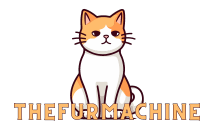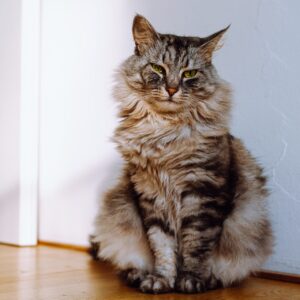February, known for love and companionship, offers the perfect opportunity to show our feline friends some extra care, starting with their diet. Understanding the basics of cat nutrition is essential for keeping your cat healthy and happy. This post will dive deep into Cat Nutrition 101, providing you with all you need to know about feeding your feline friend right.
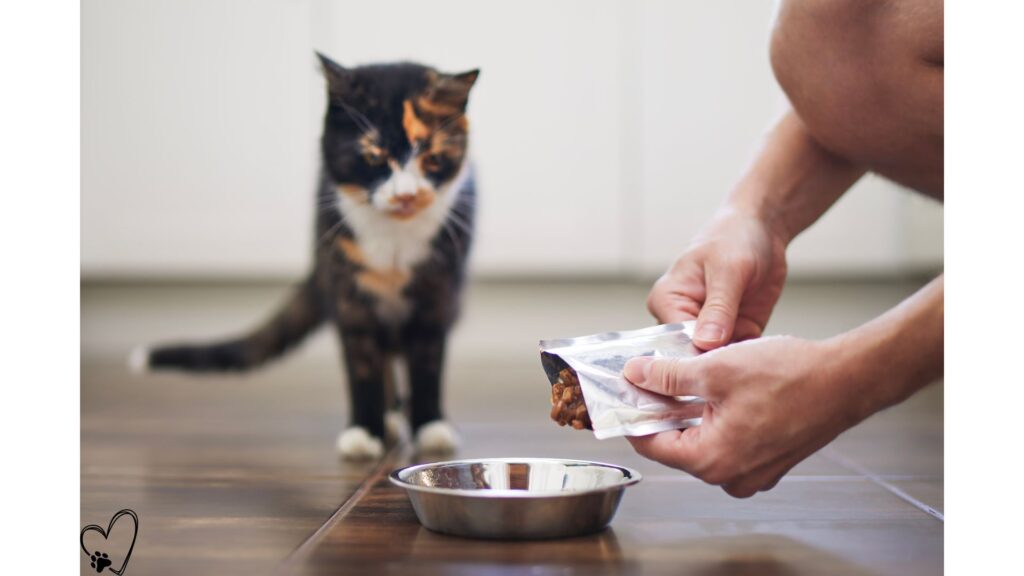
Understanding Feline Nutrition
Cats are obligate carnivores, which means their diet should be primarily made up of meat. Their bodies are designed to digest and use nutrients from animal sources more efficiently than plant sources. This basic principle should guide every cat owner in choosing the right food for their pet.
Key Components of a Cat’s Diet
Protein: The bedrock of a cat’s diet, high-quality animal protein supports muscle maintenance and growth. Look for cat foods where the first ingredient is a source of animal protein (e.g., chicken, turkey, fish).
Fats: Essential fatty acids like omega-3 and omega-6 support a cat’s skin and coat health. Fats also provide a concentrated energy source.
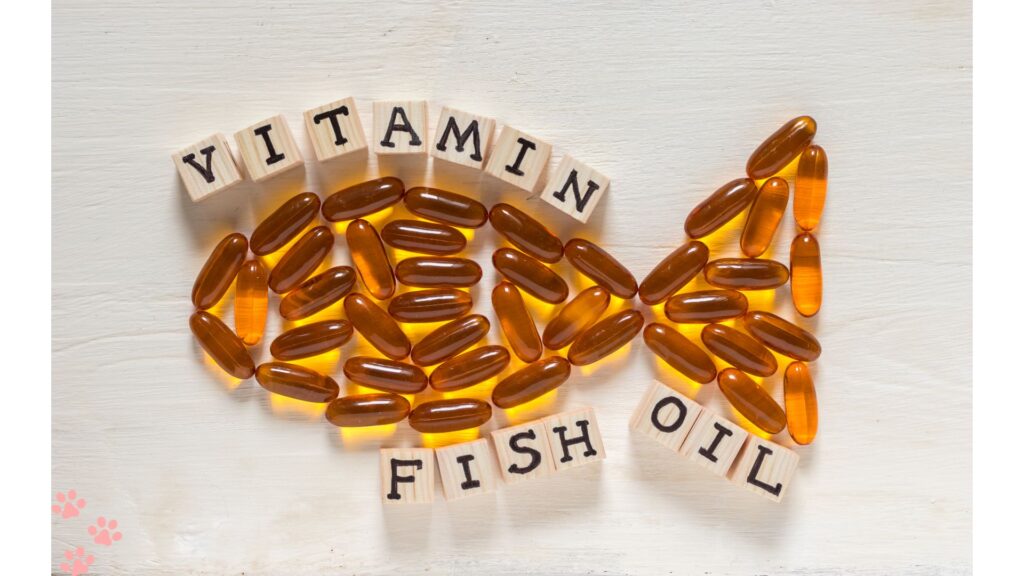
Vitamins and Minerals: A balanced array of vitamins and minerals supports various bodily functions, including immune health and metabolism. Cats especially need a good source of Vitamin A, B vitamins, and taurine, an essential amino acid.
Water: Hydration is paramount for cats, especially since many are notorious for low water intake. Wet food can help increase their water intake, along with providing clean, fresh water daily.
Dry Food vs. Wet Food: What’s Best for Your Cat?
The dry vs. wet food debate is ongoing among cat owners and veterinarians. The truth is, both can be part of a healthy diet. Wet food helps increase water consumption and is often more palatable. Dry food is convenient and can help with dental health through the mechanical action of chewing. A combination of both might be the optimal choice, depending on your cat’s health, age, and preferences.
Feeding Tips for a Healthy Cat
Consistency is Key: Stick to regular feeding times and portion sizes to avoid overfeeding.
Age Matters: Dietary needs change as cats age. Kittens, adults, and senior cats have different nutritional requirements.
Monitor Weight: Keep an eye on your cat’s weight and adjust food portions accordingly. Obesity can lead to various health issues.
Consult Your Vet: Regular check-ups and discussions about your cat’s diet can help catch and address any nutritional deficiencies or health concerns early on.
The Bottom Line
Cats’ dietary needs can be complex, but understanding the basics of cat nutrition can make a significant difference in their health and longevity. Choosing high-quality food, paying attention to key nutrients, and being mindful of your cat’s changing needs as they grow can help ensure your feline companion leads a happy, healthy life.
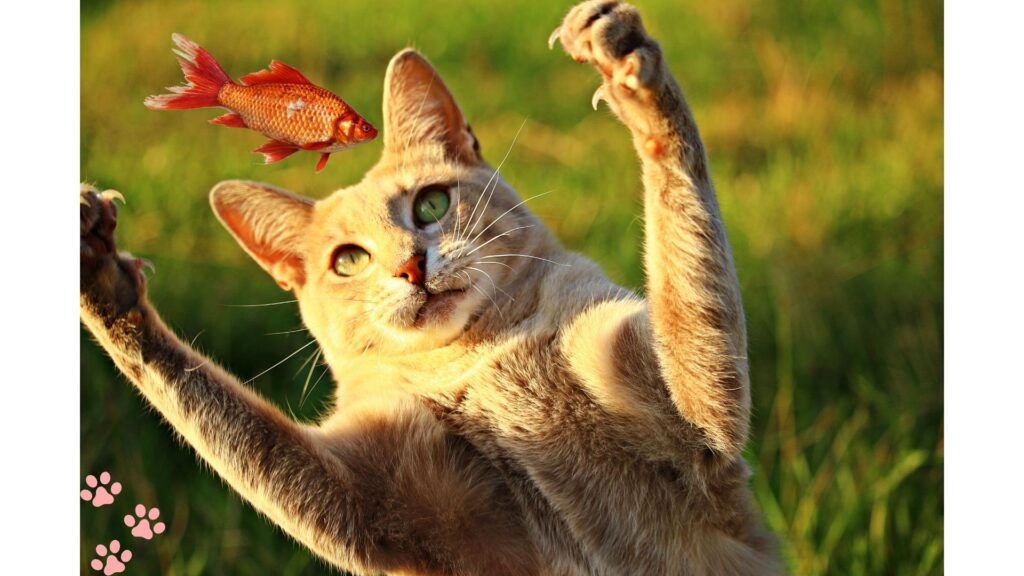
Remember, what works best for one cat may not suit another. It’s essential to consider individual preferences and health conditions. So, this February, take a moment to evaluate your cat’s diet and make any necessary adjustments—your furry friend’s health is worth it.
With the right nutrition, every month can be a step towards a lifetime of good health for your cat. Here’s to a happy and healthy companion who knows they’re loved not just in February but all year round!
